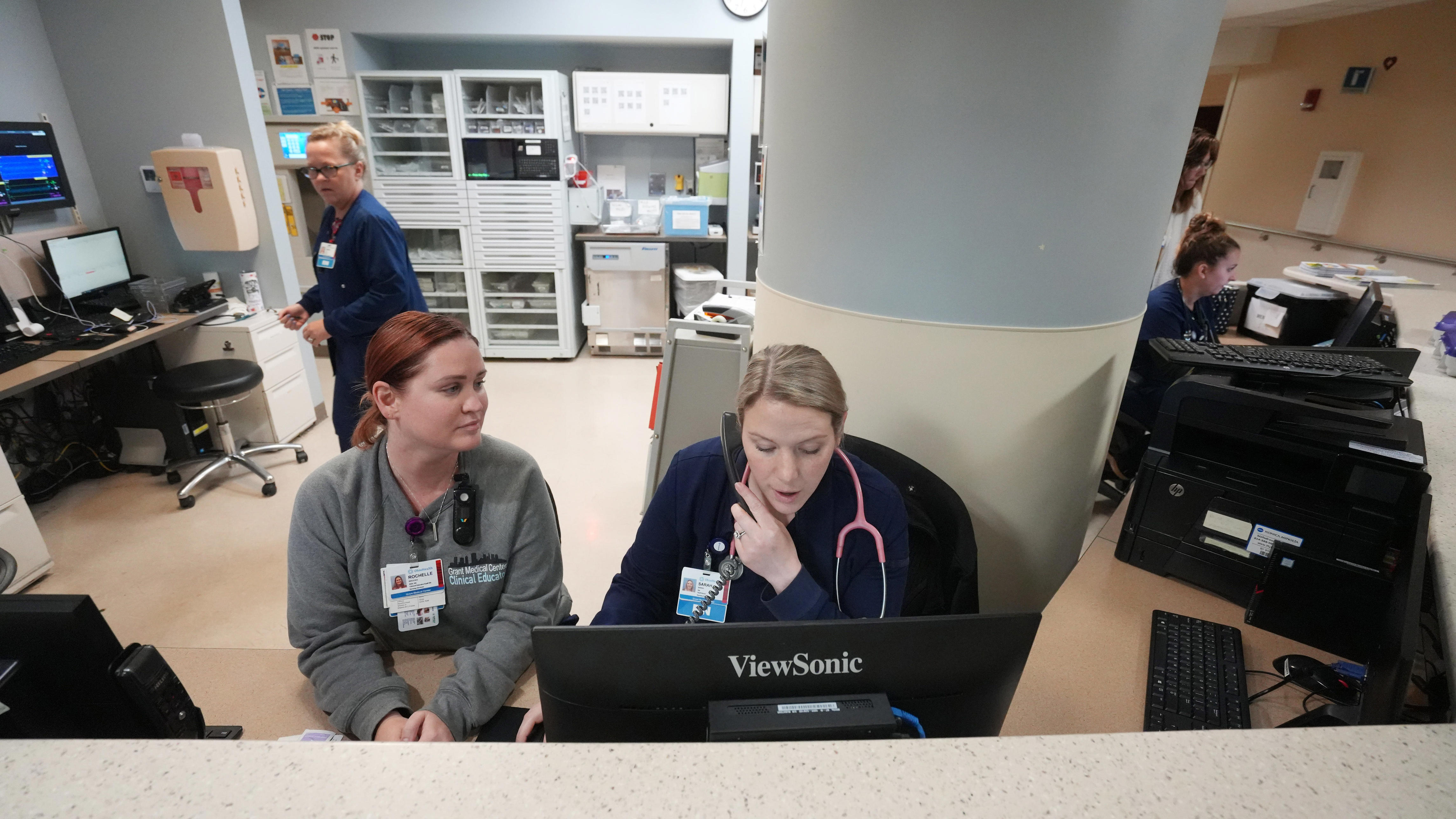OhioHealth Invests $100M to Aid Employee Student Debt

OhioHealth Invests Over $100 Million to Address Student Debt and Staffing Shortages in Healthcare
OhioHealth, a leading healthcare system, is among several national organizations investing more than $100 million to tackle the growing challenges of student debt among healthcare professionals and the persistent clinical staffing shortages. This initiative is part of a new retention and recruitment platform developed by Clasp, a financial technology company specializing in student loan lending.
The program aims to expand the pipeline for students interested in healthcare careers and connect them with hospital networks. Under this model, healthcare employers agree to help pay off their students’ loans once they become employees. This approach is designed to make healthcare careers more accessible and attractive to potential candidates.
"Talent shortages in healthcare are growing to such dramatic numbers that something has to give," said Tess Michaels, CEO of Clasp, in an interview with The Dispatch. "The vast majority of healthcare roles require an education to participate. So how do you better connect education to employment?"
Traditionally, employers offer sign-on bonuses or student loan repayment benefits as incentives for in-demand jobs. However, Clasp’s model takes a different approach by connecting hospital systems with students before they graduate. This early investment helps build trust and shows students that the healthcare industry is committed to their long-term success.
"You're showing them that you're investing in a way that is impactful," Michaels explained. "We want more people to enter healthcare, not reshuffling people already in the industry."
Several healthcare systems across the country have partnered with Clasp, including Boston Children's Hospital, Memorial Sloan Kettering, MyEyeDr., Northwestern Medicine, Novant Health, and VCA Animal Hospitals. These collaborations highlight the growing recognition of the need for innovative solutions to address both student debt and workforce shortages.
At OhioHealth, the partnership with Clasp will initially focus on radiation technicians and respiratory therapist students, with plans to expand to include certified registered nurse anesthetists in the future. OhioHealth will cover up to $30,000 of a student’s loans over three years, provided the individuals commit to staying within the network during that time. Clasp covers the loan payments upfront and sends an invoice to OhioHealth for the amount paid.
Noe Arceo, vice president of talent acquisition and workforce development at OhioHealth, described the program as a groundbreaking initiative. He noted that he had never seen a similar program in his 20 years of experience in the industry.
"We're always looking for innovative new ways to bring people into the fold," Arceo said.
In addition to its partnership with Clasp, OhioHealth has also announced a $125 million collaboration with Columbus State Community College. This initiative aims to double the number of healthcare graduates in the region over the next decade in five key fields: nursing, surgical technology, medical imaging, respiratory therapy, and sterile processing.
According to an Aspen Institute report, central Ohio will need 9,000 additional healthcare workers by 2028, representing a 22% increase to meet the demands of population growth and an aging senior population.
The growing need for healthcare workers comes at a time when significant changes are being made to federal student loan programs. A recent law signed by President Donald Trump imposes new caps on federal loans for graduate school and professional programs, making it harder for some students to finance their education.
The law now limits annual graduate school loans to $20,500, with a total cap of $100,000. Professional programs, such as medical, physical therapy, or occupational therapy, are capped at $50,000 per year, with a total limit of $200,000. On average, medical school graduates in the U.S. owe $243,483 in total educational debt, according to the Education Data Initiative.
The legislation also sets a $65,000 cap on Parent PLUS loans and eliminates the Grad PLUS program, which previously helped students borrow up to the full cost of attendance for graduate and professional programs.
Michaels said these changes create additional barriers and funding gaps for students seeking to enter healthcare professions. "The Big, Beautiful Bill amplifies how crucial this is," she said.
Arceo emphasized that OhioHealth plans to start working with students already enrolled in programs and those entering college. The hospital system also aims to expand the program into high schools and STEM programs to guide younger students toward healthcare careers.
Students interested in learning more about the program can visit Clasp’s website to sign up.
Post a Comment for "OhioHealth Invests $100M to Aid Employee Student Debt"
Post a Comment